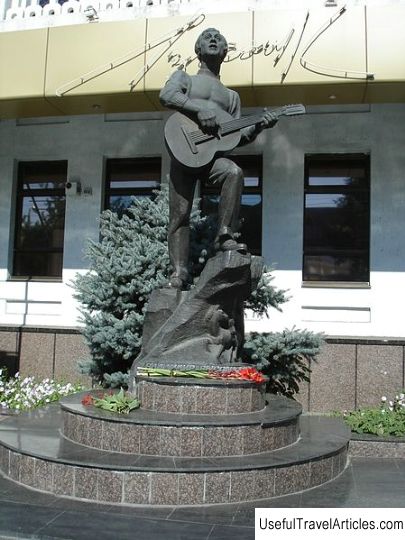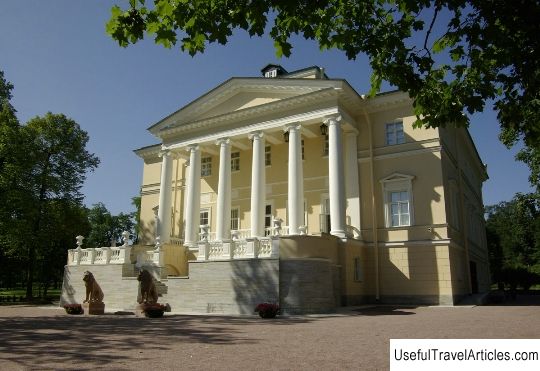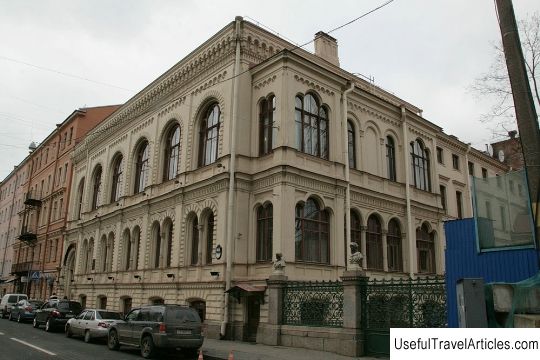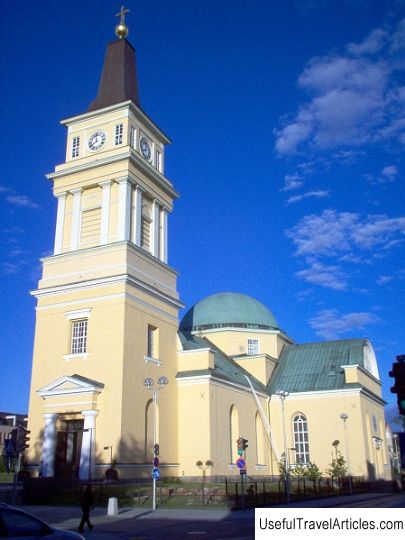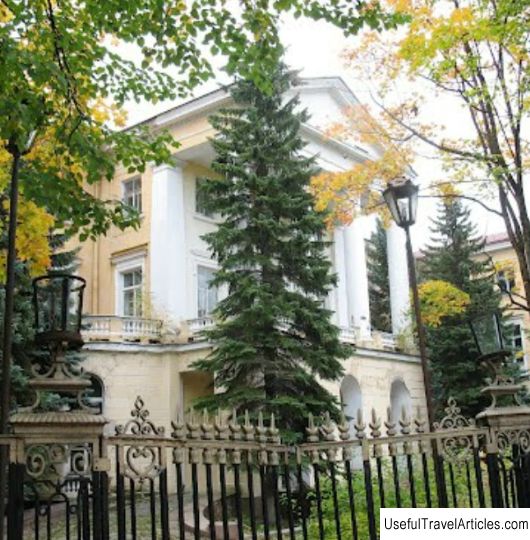Kochubei's mansion description and photos - Russia - St. Petersburg: Pushkin (Tsarskoe Selo)
Rating: 7,8/10 (6904 votes) 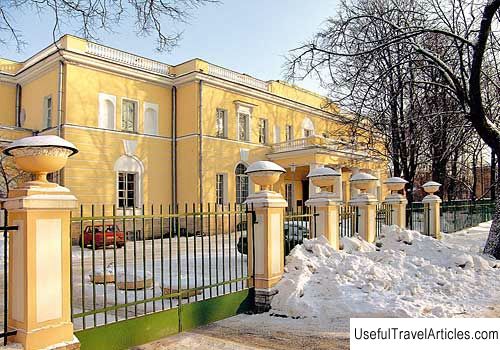
Kochubei's mansion description and photos - Russia - St. Petersburg: Pushkin (Tsarskoe Selo). Detailed information about the attraction. Description, photos and a map showing the nearest significant objects. Photo and descriptionThe Pushkin mansion of Kochubei is not only an architectural monument and decoration of the city, but also a building with a rich history. The mansion stands on Radishchev Street. It was erected by Vasily Petrovich Kochubei - an outstanding representative of a glorious ancient family, a St. Petersburg aristocrat, a real state councilor and master of ceremonies of the imperial court. In 1911, Kochubey bought an old wooden house built in 1835 by the architect S.I. Cherfolio. The building was bought for the land, which was located near the Vladimir Palace, which belonged to Count Viktor Pavlovich Kochubei - the chancellor and personal friend of Emperor Alexander I. In the period from 1911 to 1913, Radishchev Street (formerly Vilovskaya) began to boil construction works. The management was carried out by the architect Alexander Ivanovich Tamanov, who later became the people's architect of the Armenian Republic. The house was built in record time. Already in 1912 one could admire the exquisite facade. To receive funds for the decoration of the building, Kochubey mortgaged the erected house in the St. Petersburg Credit Society. Kochubey was famous for his prudence and ability to spend money wisely - several contractors worked on the project, financial expenses were controlled by several trusted persons. But a complex control system and constant changes to the plan in less than a year hindered Tamanov's work very much, and he soon left. The interior decoration of the building was supervised by Lanceray, Romanov and Yakovlev. The constructed mansion amazed the imagination with its luxury. The miniature building was built in the neoclassical style. A high three-story house with a front entrance in the form of a six-column portico of the Doric order, with a majestic facade and rich interiors, has become a real sensation in Tsarskoe Selo. The ball on the day of housewarming, which was attended by all the "cream" of St. Petersburg society, was organized at the beginning of 1914. Among the best finds of the architects note the ceremonial study of Vasily Petrovich in the style of the early Renaissance with facing in brown and greenish tones, a living room with gilded molding and a grand hall in light-colored artificial marble. The dull colors in the interior of the house did not prevent him from becoming a magnificent example of his time. Massive oak doors with carved platbands, decorated with green stone inserts, and a fireplace located in the corner, with relief images of Adam and Eve have been captured in photographs. The owner of the mansion, as if sensing the impending disaster, was in a hurry to capture the luxurious decoration of the house, having made a special room-photo studio for this. Among the attractions of Kochubei's Pushkin mansion, one cannot fail to mention the armored room in which Vasily Petrovich, being a famous collector, kept his wealth. & nbsp; Paintings, manuscripts, furniture and books from Kochubei's collection later became the adornment of many exhibitions. In 1917 V.P. Kochubei had to leave Russia in a hurry. A year later, the stately mansion was nationalized and converted into an orphanage. Kochubei's collection was transferred to the museum storage, where it eventually dissolved. In 1926, Kochubei's palace was turned into a sanatorium for senior party officials. But the Bolsheviks did not manage to enjoy the high-society interiors for long; during the Great Patriotic War, the mansion was occupied by the invaders, who destroyed its luxurious decoration. In the post-war period, the mansion was repeatedly restored; in the early 1950s, the building was transferred to the Party Workers' Rest House. At present, it houses the educational center for training leaders of the Ministry of Education and Science of Russia.  We also recommend reading Heinrich Sienkiewicza Street (Ulica Henryka Sienkiewicza w Kielcach) description and photos - Poland: Kielce Topic: Kochubei's mansion description and photos - Russia - St. Petersburg: Pushkin (Tsarskoe Selo). |
